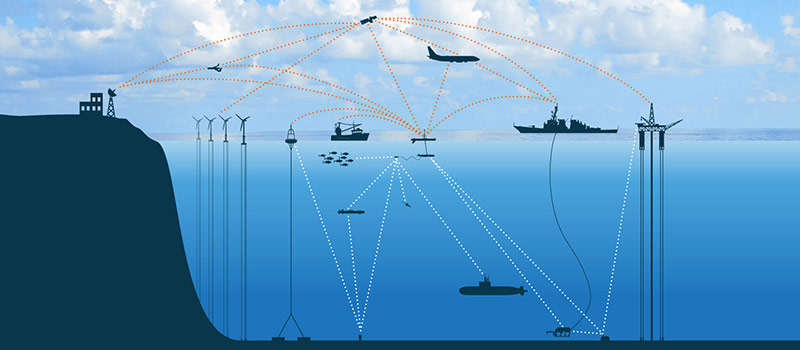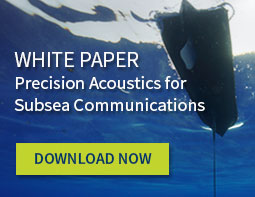Our Role in the Digital Ocean
Liquid Robotics — November 30, 2016
The Digital Ocean is bigger than one product or company. It’s a massive vision for what’s possible when the world’s best minds unite behind a shared purpose. Realizing this vision will require collaboration between system vendors and forward-thinking leaders from every field.
But here, I’d like to dive a bit deeper on our own role in the Digital Ocean.
First, let’s talk a little about unmanned systems. The Digital Ocean simply isn’t possible without them; the ocean is too vast, dangerous, and expensive to operate in with manned systems alone.
Unmanned systems operate at a fraction of the cost of traditional monitoring approaches and can work in conjunction with manned assets to improve their overall effectiveness and efficiency. We have performed a lot of missions where our primary objective is to allow our customers to only use their existing and more expensive assets when it’s absolutely necessary. By using unmanned systems for dangerous, long-duration surveillance missions, we are not only saving customers’ money but also reducing the risk of human injury.

You can see the Wave Glider at the center—I think that’s how everybody draws their own picture but really it’s a little bit true in this case. Navigating at the surface, the Wave Glider connects the subsea realm with the aerial realm, acting as the communication gateway from a sensor on the seafloor all the way up to space and satellites, and then back to shore. All of these dotted lines have been done in one form or another: we have had fish tracking measurements and underwater vehicles talking to Wave Gliders; collecting and communicating data from seafloor instruments; connections with unmanned aerial vehicles and aircraft and satellites and ships and oil rigs.
There are many elements that make this possible. Integrated positioning enables the Wave Glider to hold station like a buoy or act as a mobile network node, collecting data over large areas and sending it to the decision makers who need it. And since the Wave Glider harvests energy from the ocean and sun, it’s able to be at work for many months without requiring additional power infrastructure.
We have demonstrated that a completely connected environment is achievable but it’s only been done in microcosm. The opportunity before us now is to work together to scale these connections.
If we can do that—build the Digital Ocean—then we’ll be one step closer to realizing the full potential of the ocean economy.
Does your organization play a unique role in the Digital Ocean? Share your story.
